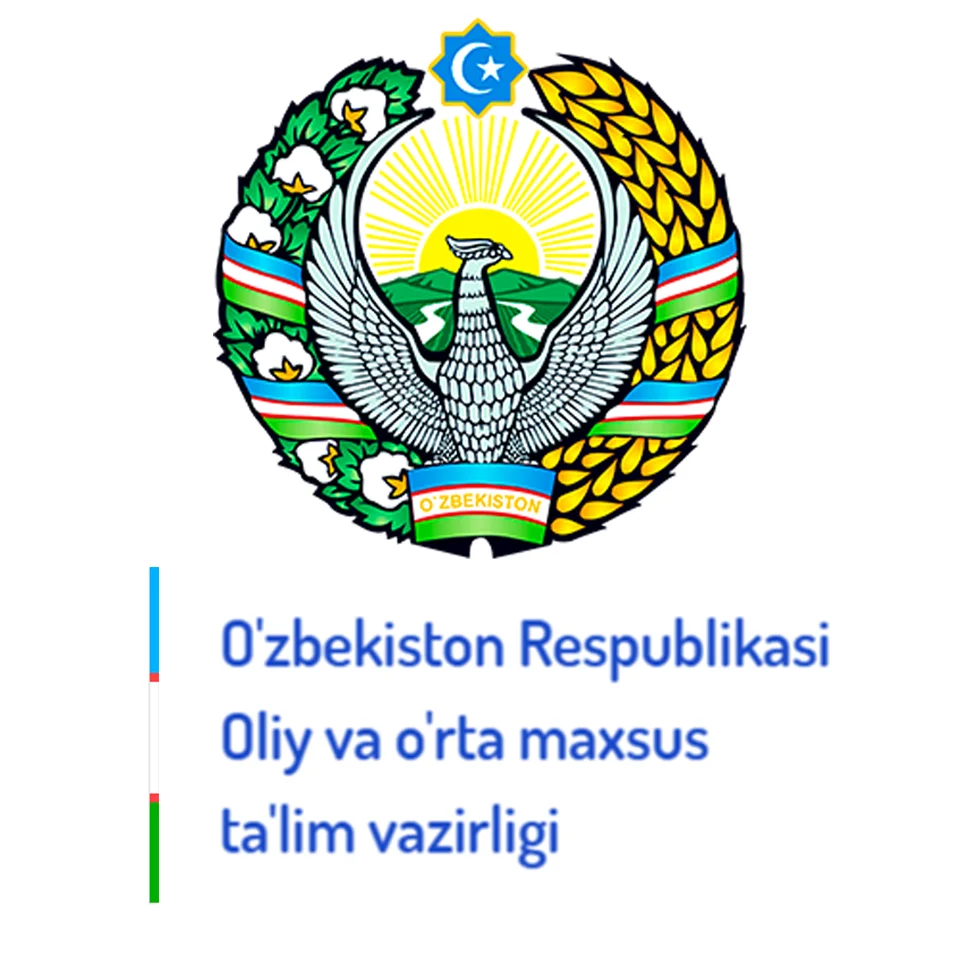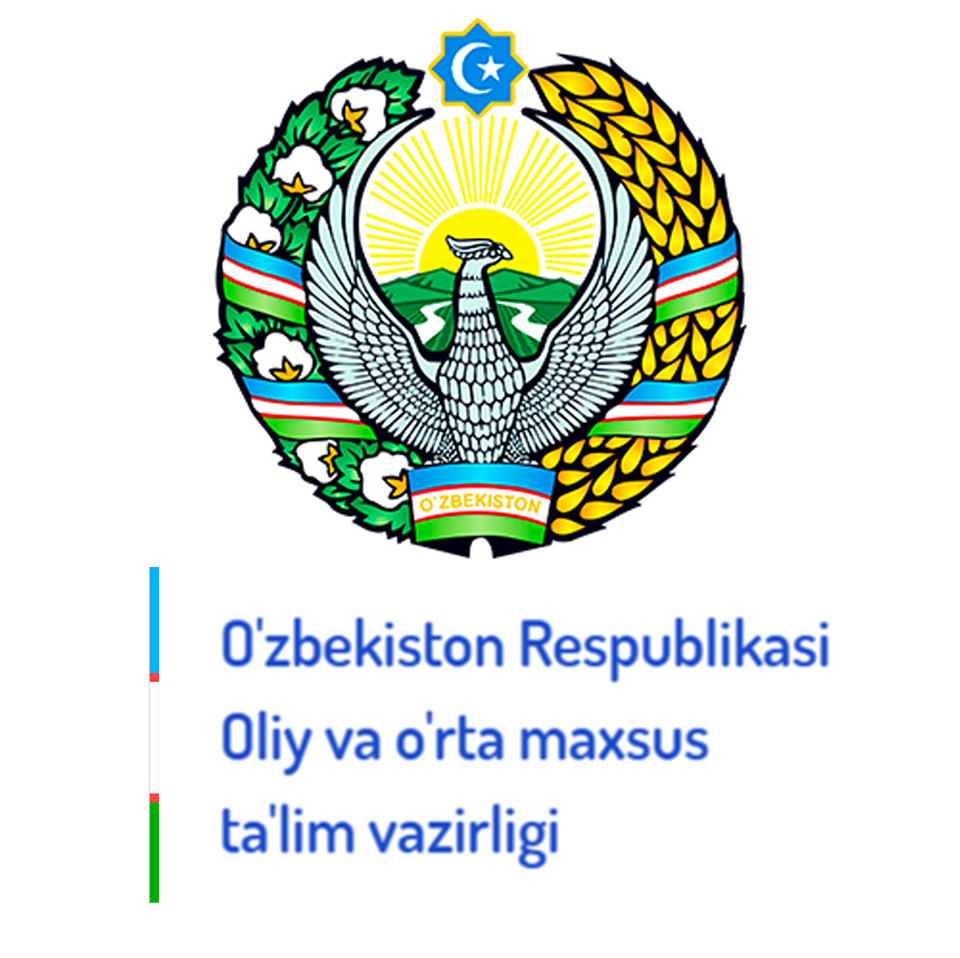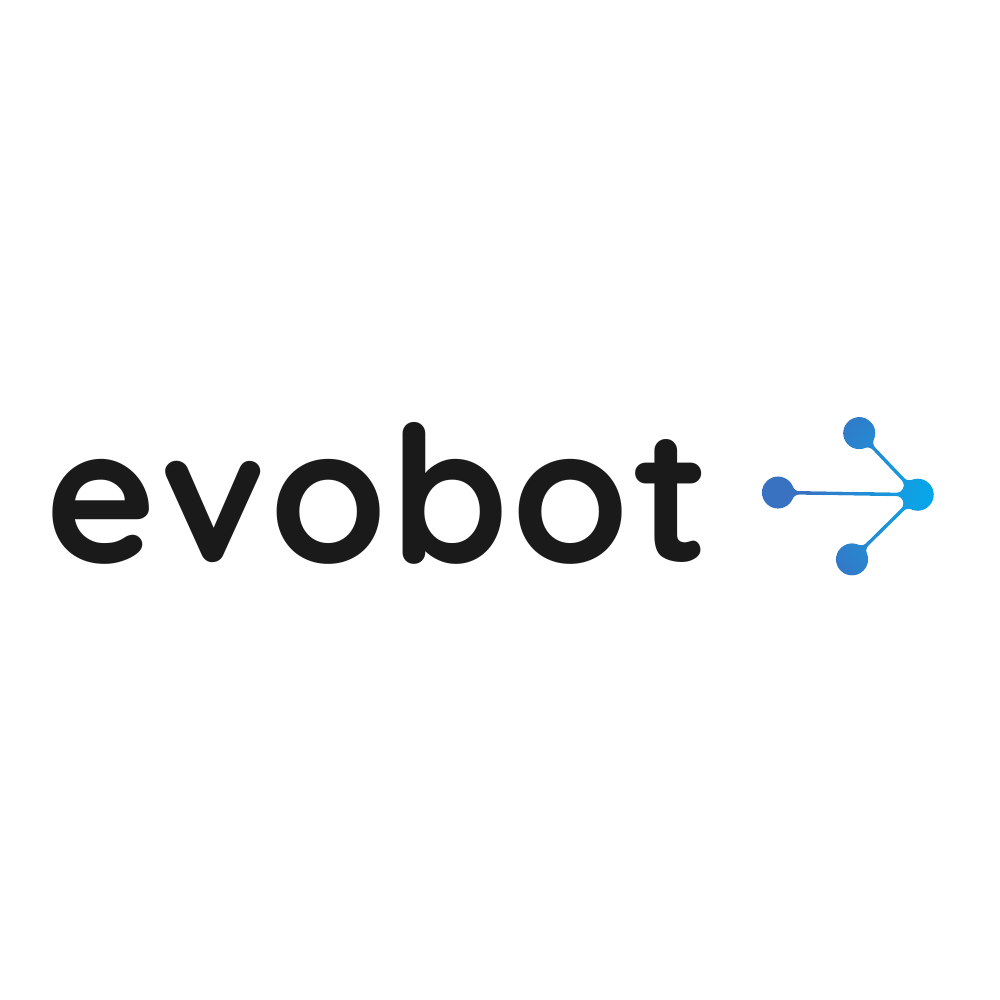Добро пожаловать в "Evosoft" Solutions!
Evosoft Solutions — это активно развивающаяся IT компания, которая предоставляет широкий спектр высококачественных продуктов, решений и сервисов в сфере информационных технологий. Основными направлениями нашей деятельности являются разработка интернет-проектов различного уровня сложности, создание систем автоматизации бизнеса и IT-консалтинг.
Отзывы
Посмотрите, что сказали наши довольные клиенты
Портфолио
Готовы обсудить детали проекта?
Мы ответим вам оперативно!







